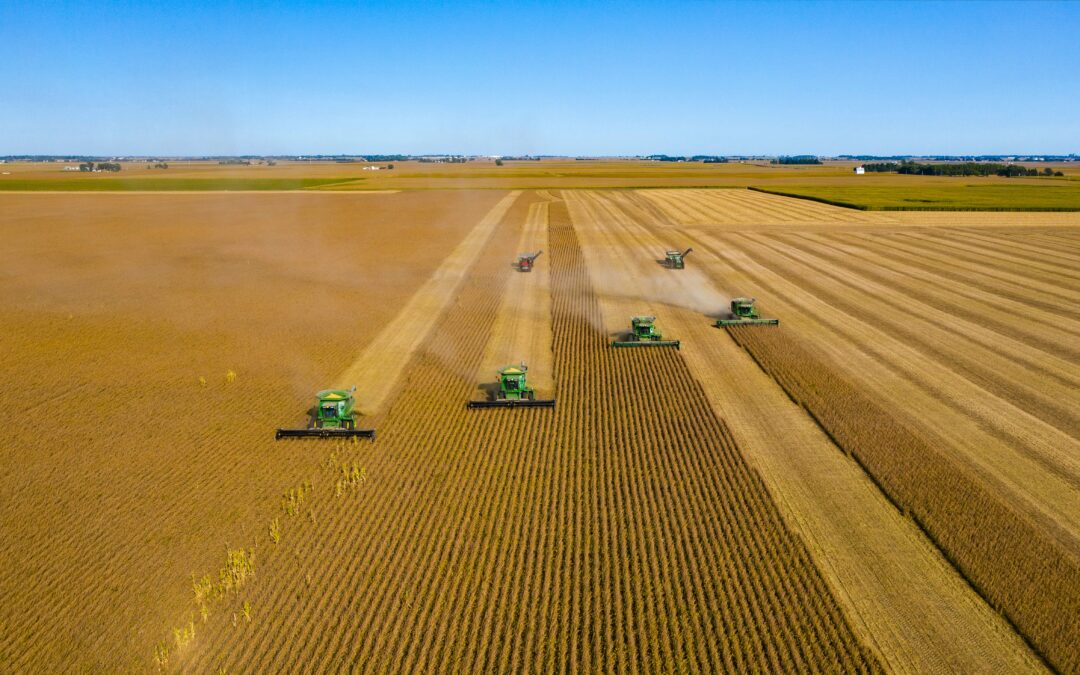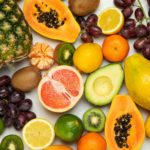10 Billion by 2050
The world’s population is rapidly increasing, and many experts and analysts are pointing out that we may not be able to feed the world’s population in several decades. According to the U.N., the world’s population will reach 9.8 billion by 2050. This 9.8 billion figure also factors in the upward trend in population size is expected to continue, even with accounting for declining fertility levels.
Now that the world’s current population is already over 8 billion people, it’s likely that humanity will have to determine what must change to feed around 10 billion people. What changes must be made to make sure that people get fed? How can we feed everyone without completely depleting our natural resources?
There’s a massive shortfall between the food we produce today and the amount needed to feed 10 billion people. Let’s dive into the state of food production, examine the challenges that must be overcome, and explore how we can eventually feed everyone by 2050.
The Current State Of Food Production
The foundation of agriculture is cropland, and about 38% of the world’s land is arable. This includes approximately 5 billion hectares of land, but this land will vary widely from region to region for both productivity and sustainability.
Of course, there’s more to think about than just food production. We will also have to address the idea that changing our diet slightly might be one of the solutions needed to feed 10 billion people sustainably. As the population grows, the demand for meat is likely to increase, but meat production is resource-intensive and, done wrong, impacts the environment. To produce a pound of pork, requires about 3.8 pounds of feed. Humans can directly eat a plant based diet and improve feed efficiency by bypassing the pig. But plant based foods don’t taste like bacon, yet.
Plant-based proteins, such as soy, beans, and nuts, are a much more efficient alternative that provides the necessary nutrients without the negative environmental burden. If enough people adopt more plant-based diets, it can not only help to use less land and produce less greenhouse gas but would also require less water in general.
Another significant limitation is water. Agriculture is responsible for 70% of global freshwater consumption, and with water resources becoming increasingly scarce, we need to find ways to use water more efficiently. This includes implementing better irrigation systems, developing drought-resistant crops, and utilizing precision farming techniques.
To get a sense of what the challenge of feeding 10 billion people looks like, it is helpful to consider how much food the average person eats in a year. According to the FAO, the average person consumes about 2,800 calories per day. This translates to roughly 1,022,000 calories per year.
To feed 10 billion people, we would need to produce 10,220,000,000,000,000 calories of food per year. That’s a lot of food!
Upleveling Agriculture
If we are going to get serious about ensuring that 10 billion people get fed, then there has to be a massive change in not just food production, but in improving food systems. After all, one-third of all food produced is lost or wasted. In short, we must become much more efficient with respect to crop yield, and ensure that more crops can be grown with fewer resources.
Conventional breeding has accounted for half of historical crop yield gains, but Agritech (agricultural technology) could significantly increase that production. New advances in molecular biology, for example, could potentially make it cheaper and faster to map the genetic codes of plants, purify crop strains, and test for specific DNA traits to improve yields.
Of course, crops also require the right water and soil. Agroforestry initiatives can help farms and pastures regenerate degraded land, boost yields, and help farms rebuild their soil health. Vertical indoor farms can also help significantly in two major ways: address the unpredictability of the weather, and also help farmers monitor and adjust variables (temperature, humidity, etc) to create the best possible growing conditions.
Clementine O’Connor, the Sustainable Food Systems Programme Officer at the United Nations, points out that we will need to make sweeping changes to truly feed the world population in 2050. She states that entire food systems may need to be reconceived:
“We need to consider the entire food system–from production to consumption–understand each of its components, their relationships, and their immediate and long-term impacts.”
The future outlook for global hunger and malnutrition is complex and uncertain. By the time the world’s population reaches 10 billion, human beings must develop new and innovative strategies that can help ensure both food security and access. However, climate change, increased globalization, and rapid urbanization may complicate efforts to ensure everyone is fed.
While it’s clear that Agritech and other innovations must evolve to provide adequate food for everyone sustainably, there will likely be new unique challenges that arise that make it more difficult to feed everyone in the world. However, this will require significant investment in innovative solutions that can help us meet future food production challenges.
With the proper planning, creative Agritech solutions, and awareness of Earth’s fragile ecosystems, it’s possible to ensure that the global demand for food is met without compromising sustainability.






